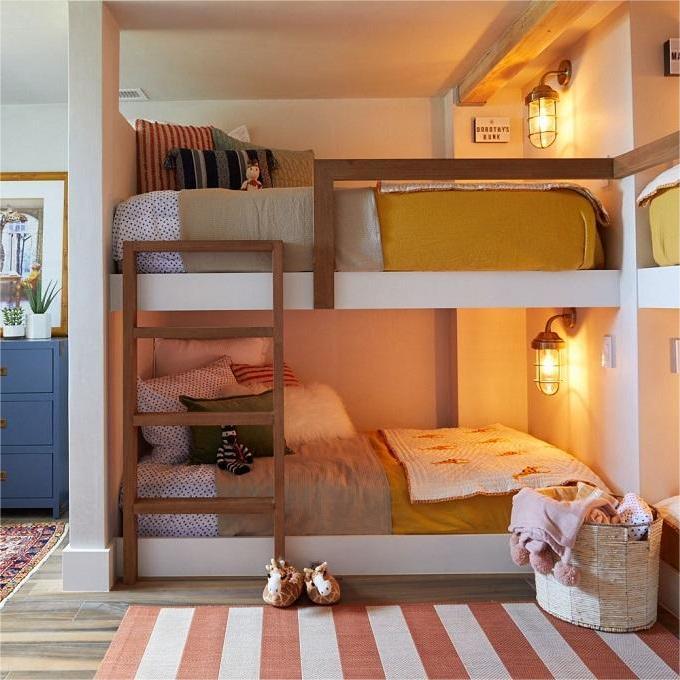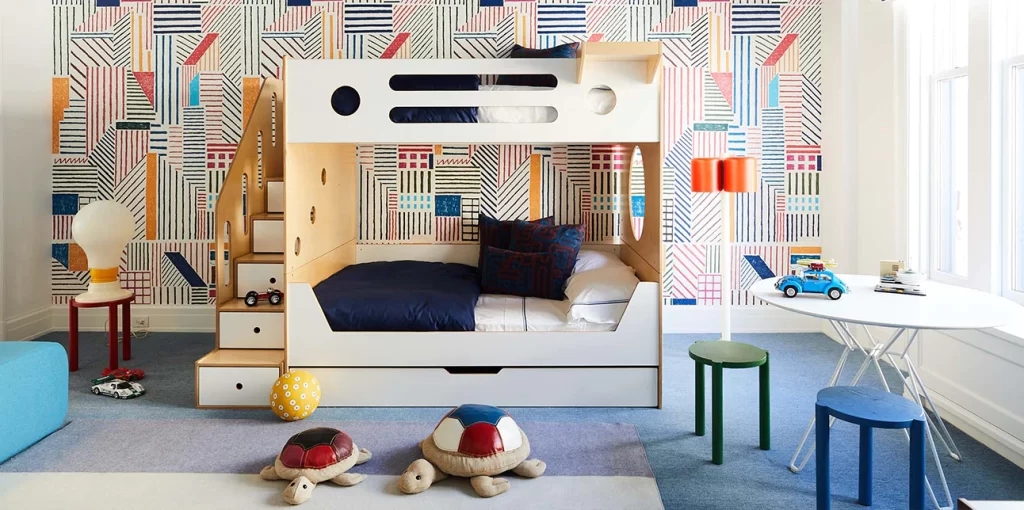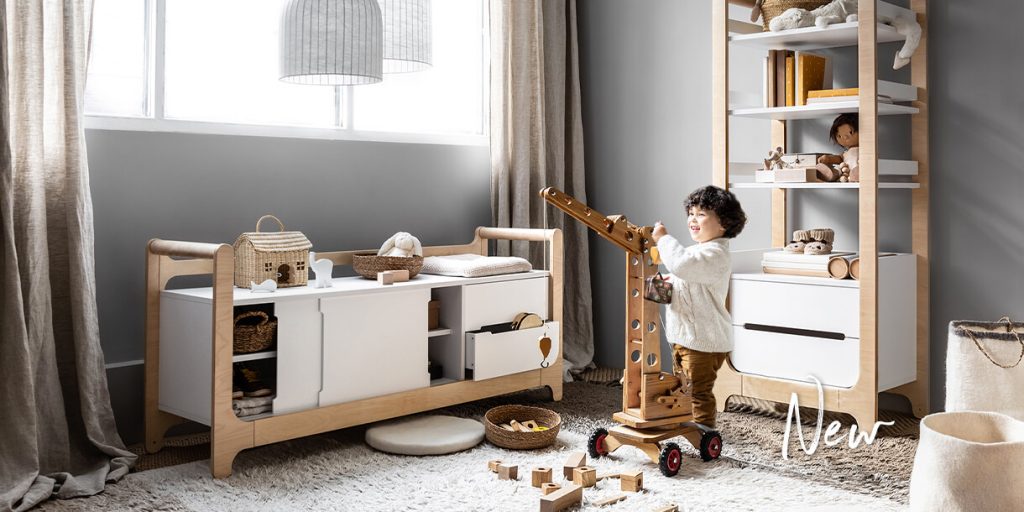Today, I will share with you the best purchasing skills of 4 children’s furniture. Let’s take a look together~
With the improvement of people’s living standards, the quality of life has also improved, and children have no worries about food and clothing. Parents, all want to create a good living environment and living space for their children.
At this time, choosing children’s furniture is an important step in decorating the room!
When arranging the children’s room, many parents will first go to the store or buy children’s furniture on the Internet. The quality of children’s furniture on the market is mixed, and there are many problems. Parents should pay attention when purchasing children’s furniture!
harmful substances exceeding the standard
At present, 90% of children’s furniture in the furniture market are panel furniture made of MDF and particleboard. Due to the large amount of adhesives used in MDF and particleboard, it leads to health problems caused by harmful substances such as formaldehyde in children’s furniture. more serious than other furniture.
The problem of excessive formaldehyde and lead in children’s furniture should arouse enough attention from consumers. Formaldehyde emission pollution is the main reason for the increase of asthma in children aged 3-5.
Long-term exposure to low-dose formaldehyde can cause chronic respiratory diseases, eye diseases, irregular menstruation in women, pregnancy syndrome, birth defects, physical depression, and, in addition, childhood heart disease.
Lead poisoning in children’s furniture
Some test reports only include the content of harmful substances in the board, but not the content of harmful substances such as paint. Once this kind of furniture is put into the children’s room, it will affect the well-being of the child.
Decorative contamination is the most common source of lead contamination in children.
The survey shows that at a distance of 1 meter from the air, the lead concentration in the air is 16 times that of 1.5 meters, and the height of children is within this range; infants and young children often touch the wall with their hands, and they suck their fingers. lead.
In addition, the absorption rate of lead by infants and young children is as high as 53%, which is about 5 times that of adults.
After reading the above two “dangerous places” about children’s furniture, you must want to know what to pay attention to when buying children’s furniture, let’s take a look!
01 Select qualified standard products
When buying children’s furniture, pay attention to check whether there are warning signs of children’s furniture, and buy children’s furniture products produced by the general requirements of children’s furniture stipulated by the state to ensure safe use.
02 Choose branded products
Consumers must look at the safety and environmental protection index when purchasing, try to choose big brands with quality assurance, and carefully check whether the instruction manual of children’s furniture products expressly implement the national mandatory standards.
Check whether the structural safety indicators and the content of harmful substances meet the requirements of national mandatory standards.
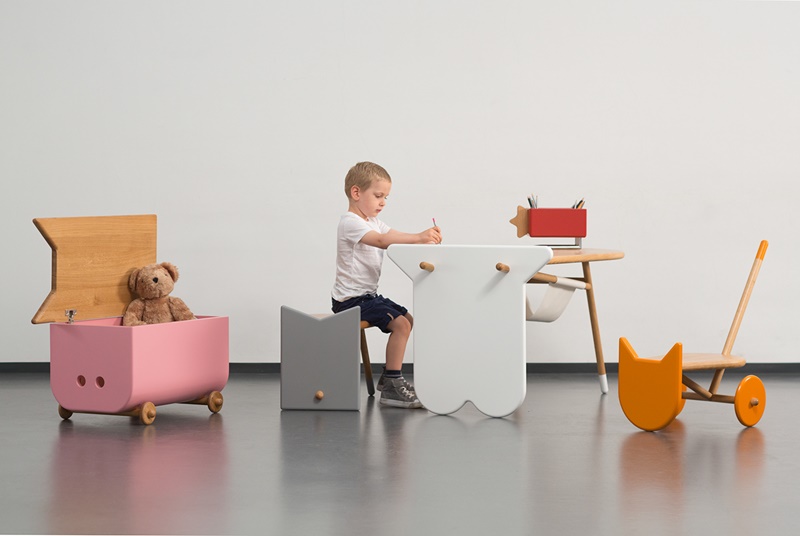
03 Stay away from “three noes” products
Three non-products refer to products that have no manufacturer, no production address, no production date and no instructions for use. The quality and safety of these products are not guaranteed, and some even have potential safety hazards.
To buy children’s furniture, you should choose branded products from regular furniture stores, ask for product instruction manuals and warranty cards, and issue invoices to provide a basis for safeguarding legitimate rights and interests.
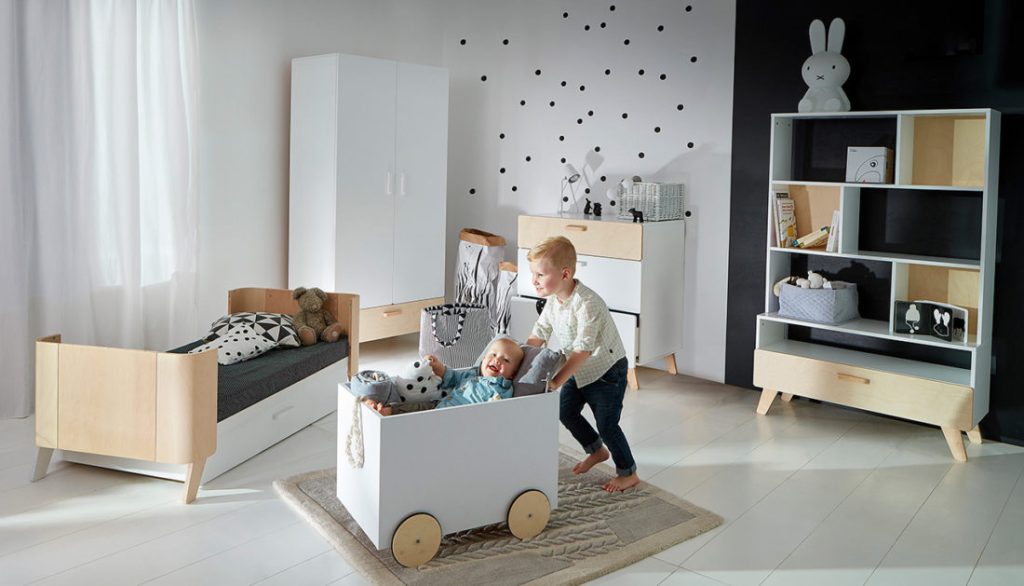
04 Pay attention to harmless materials
When parents choose children’s furniture, they must ask the merchant to leave the factory inspection report and environmental protection certificate of the furniture to check whether the content of formaldehyde, benzene, heavy metals and other harmful substances meets the standards. If the merchant cannot provide the test report, it is best not to buy it.
It is best to choose wooden furniture, which can reduce pollution, and pay attention to the painting of children’s furniture. For example, the UV spray painting process is very environmentally friendly. This allows children to live in a healthy, natural environment from an early age.

05 choosing furniture with a low risk factor
In children’s furniture, almost all tables, chairs, beds and cabinets may have some gaps or small holes. If the size of these gaps or holes is not standardized, the child can easily get caught in the fingers or limbs, resulting in pinching.
Therefore, when choosing children’s furniture, it is necessary to pay attention to the gaps and small holes between the furniture and the regulations, and it must be ensured that the child’s fingers can come out.

Dampers are widely used in wardrobe doors and drawer doors. The dampers can make the cabinet doors rebound slowly, so that there is time for children to respond to the imminent danger of pinching their hands, and they will not throw themselves away by closing the cabinet too hard. Pinched little finger.
Some younger children like to put things they think are fun in their mouths, and they don’t know that swallowing them can cause harm.
Therefore, children’s furniture particularly emphasizes the safety of small accessories, and try to make the small accessories larger, so that it is not easy for children to put them in their mouths. Of course, the firmness of the gadget is also very important.
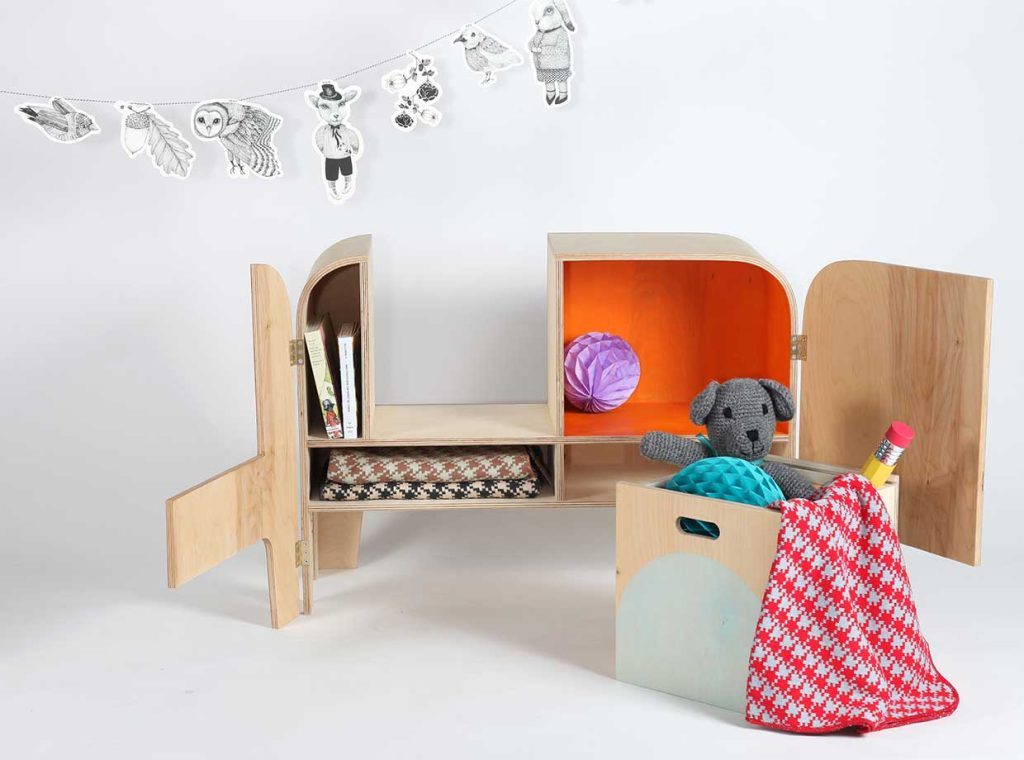
06 Furniture configuration conforms to ergonomic principles
The furniture in the children’s room includes beds, tables and chairs, and cabinets for storing toys and clothes. For older children, desks and bookcases are also required.
Therefore, the furniture configuration should conform to the principle of ergonomics (moderate height), durable and easy to clean and maintain, and easily broken and fixed furniture is not suitable. Plastic products are light, durable, not brittle, easy to clean, and are a better choice.
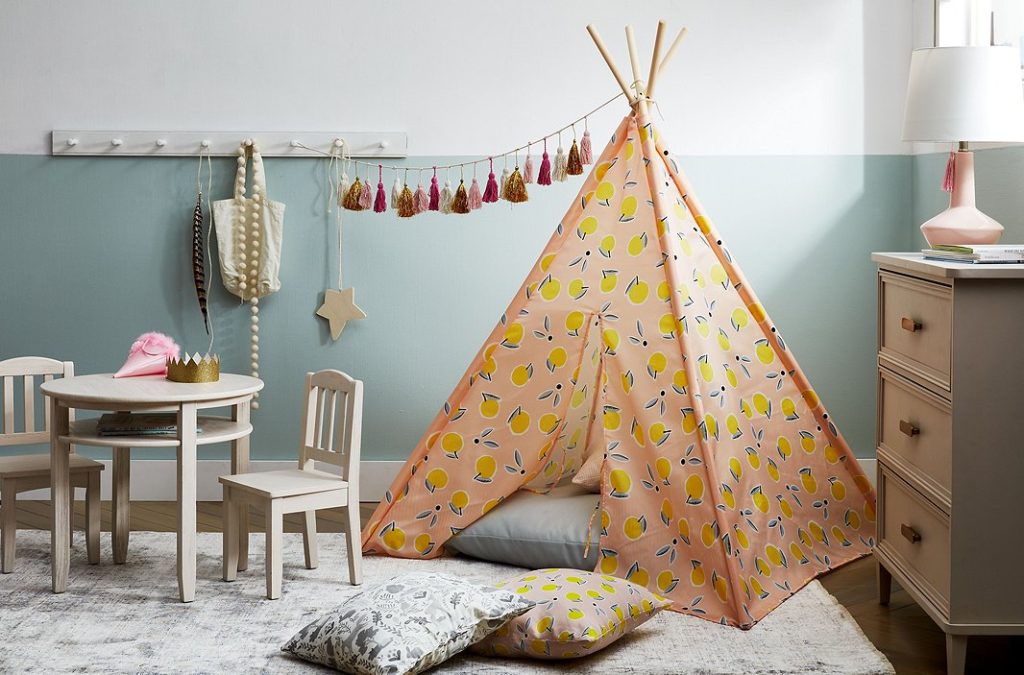
Before purchasing children’s furniture, parents must master the purchasing skills, so as to ensure that their children grow up in a healthy environment!

